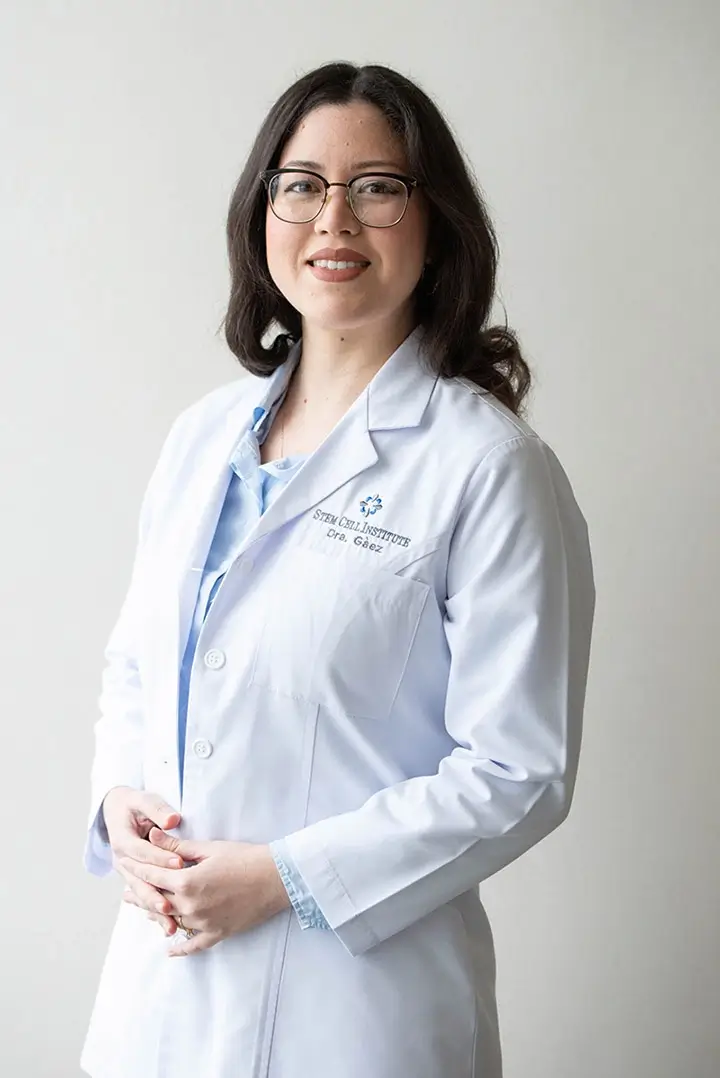For more information, visit: https://www.cellmedicine.com/stem-cell-therapy-for-autism/
*umbilical cords donated after normal, healthy births
Interview Transcript
Interviewer: Today is December 22nd 2017. Please give your names.
Michele: Steve and Michelle Bacon and this is Brady.
Interviewer: Brady’s diagnosis?
Michele: Brady was diagnosed when he was two and a half with autism.
Interviewer: So, this would be his second stem cell treatment?
Michelle: Umm, hmm.
Interviewer: The first treatment was performed when?
Michelle: April, 2017.
Interviewer: Can you describe his improvements?
Michelle: The first round of stem cells, after the second infusion, we were putting him to bed that night and he said spontaneously, without any requests or anything, us prompting, nothing…his first 3-word sentence. He said, “I want pizza.”
Steve: When Brady was diagnosed he was, or is diagnosed as non-verbal. So that was a complete surprise that he came up with a spontaneous 3-word phrase.
Michelle: And before that, he had only been doing like “echoing” and a lot of it was not understandable to everyone. I mean, we understood because we know him but other people wouldn’t have been able to understand.
Steve: Since stem cells, he’s become more patient and able to wait for things and not have to quick go and do something. He can stand in a line and wait now.
Michelle: He’s more… His school reported that he is more tolerant of transitions, like when they’re transitioning from a preferred activity to, like, work, like a work sheet – school stuff.
Steve: He’s able to read some sight words now since…
Michelle: About 30. Yeah, he can read words now. He wasn’t able to do that before. He can… It started out just recognizing like, from an array of three pictures, and then he would have like, “apple” or “banana” and he’d have a horse and a pencil and a banana and he cold match the word “banana” to the picture. And he would trade out the words and he could correctly identify which word went with which picture. And now, all we need is the flashcard of the word, no pictures, just like “horse” or “yellow”. And he can identify about 30 words. 30 or 40 words.
Steve: And he can now read some simple sentences with the sight words in it that he knows. And this is all new since stem cell treatments.
Michelle: Yeah, a lot more tolerant. Eye contact is better. He seeks out peers to play now whereas he didn’t before. Greetings are better – like “Hi” and “Bye”. Still working on the eye contact though. That one’s still kind of tough. He can look at you in a mirror, do eye contact in a mirror but the face is a little hard still.
Interviewer: Ok, anything else that you’d like to mention?
Michelle: Anything else guys?
Brother: He’s my brother.
Sister: [Inaudible]
Steve: More interactive with peers and family members.
Michelle: He’s definitely more interactive with everyone.
Interviewer: Ok.
Michelle: And no.. Oh yeah! He used to, it was hard always to get him to come out of his room. He would just want to sit in his room and play on his iPad and now he actually comes out and he sits with us a lot more. And he’s a lot more interactive with the family. We used to have a hard time getting him to stay at the table for dinner and now, he stays at the table no problems. He used to have meltdowns that would last 20 or 30 minutes. Now, he turns around in like, a minute. It’s so much better. His temperament is a lot better. I mean, he’s always been a very good boy but he gets rigid about things, you know? If he doesn’t have it just that way, it’s a 20 – 30 minute meltdown – before. Now, it’s much better.
Interviewer: Ok. That’s it. Thank you very much.
Everyone (including Brady): Cheese!

